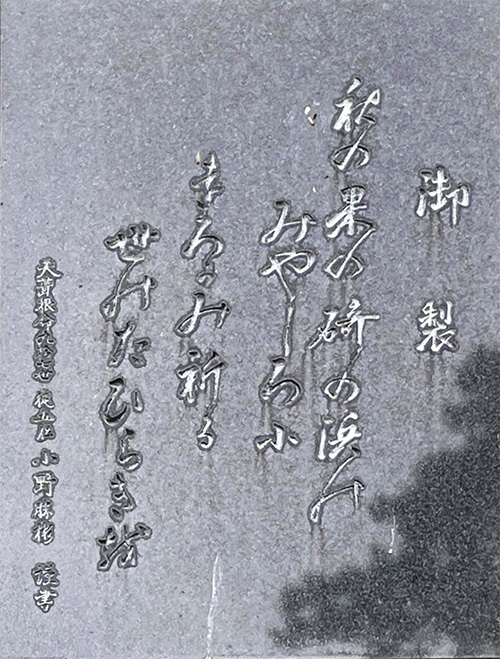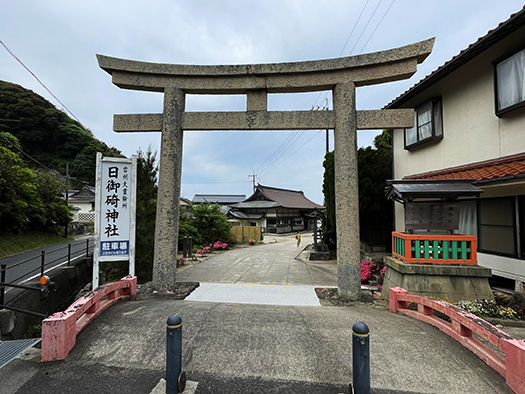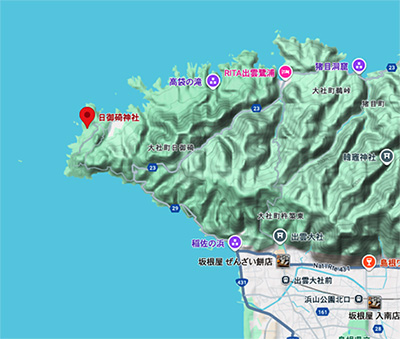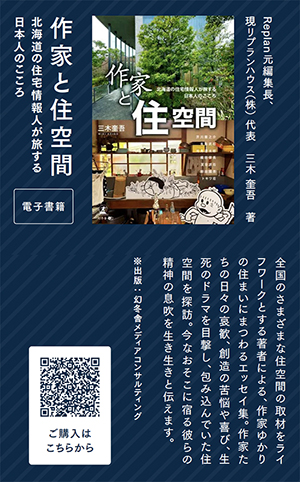


世の中は昨日、参議院選挙戦がスタートしてそれ一色。報道などを見ていると、高齢の有権者を大きなターゲットにしている情景が見て取れる。ある世論調査報道では若い20代などの関心の薄さも指摘される。とくに投票行動性行が高い高齢者は選挙では最大のキモになってきているのでしょうか?選挙を戦う立場からすれば妥当性がある。しかしできればより若い世代も強く関心を持ってもらいたいところ。
さて、そうした喧噪の息抜きに山陰の旅、出雲周辺の探訪篇であります。
このところ出雲大社周辺の「国譲り」譚の稲佐の浜とか、出雲大社の彫像表現などを見て来ましたが、カミさんの探究でこちらの「日御碕(ひのみさき)神社」参観のスケジュールが組まれていた。わたしの興味分野への長年の「研究成果」に従順に行動しておりました(笑)。深く感謝であります。
なんですが、この神社に来たら祭神として「素戔嗚尊(スサノオ)」が書かれていて、しかもそのための社もあることに驚かされていた。このことは明日以降にするとして、境内にはなんと昭和天皇の「御製」〜天皇が詠まれた和歌や漢詩などの作品を指す〜が石版に刻印されているのです。
歌われた和歌は以下。
「秋の果の 崎の浜の みやしろに をろがみ祈る 世のたひらぎを」。
ちなみに「をろがむ」とは拝むという意味。昭和57年10月4日昭和天皇御製という日付の情報が一部にある。天皇家と出雲のオオクニヌシ伝承を踏まえると出雲の地での御製との遭遇には興味が深く沸いてくる。
この日御碕神社は祭神としてアマテラスとスサノオという天孫系の2柱を祀っているので、そういう流れからの行幸の「痕跡」といえる。第2次世界大戦の惨禍を経て平和を希求された心情が、この出雲の奥地の神社に残されているということ。
さて選挙というのは現代社会の「主権者」である国民がみずからの意思を政治権力に表現するもの。国の平和と安定そして経済の発展を大切に考えて、意思を表示したいところですね。
●お知らせ
拙書「作家と住空間」幻冬舎から電子書籍で発刊
お求めはAmazonで。
https://amzn.asia/d/eUiv9yO

English version⬇
From Izumo-taisha Shrine to the depths of Inasa-no-hama, “Gosei” at Hinomizaki-jinja Shrine]
Visited the monument where Emperor Showa sang a song. The poem is a poem sung by the Emperor of Japan on October 4, 1982. The Emperor sang the song on October 4, 1982. The Emperor’s song was sung on October 4, 1982.
The world was abuzz yesterday with the start of the House of Councillors election campaign. News reports indicate that the election campaign is targeting older voters. According to one poll report, young voters in their 20s are not interested in the election. Are older voters, who are especially likely to vote, becoming the most important factor in elections? From the standpoint of fighting elections, it is reasonable. However, if possible, the younger generation should also be strongly interested.
Now, to take a break from such hustle and bustle, here is a trip to the San’in region and an exploration of the Izumo area.
Recently, I visited Inasa-no-hama, the beach near Izumo-taisha Shrine, where the tale of the “handing over of the country” took place, and the statues at Izumo-taisha Shrine, and my wife’s research led her to schedule a visit to Hinomisaki Shrine here. She was acting in obedience to my years of “research results” in my field of interest (laugh). I am deeply grateful.
I was surprised to find “Susanoo-no-Mikoto” written as the god of worship at the shrine, and that there is a shrine for this purpose. I will leave this for tomorrow or later, but to my surprise, the “Gosei” of the Showa Emperor – referring to waka poems, Chinese poetry and other works composed by the Emperor – are engraved on a stone tablet in the precincts of the shrine.
The poem is as follows
The poem is as follows: “Autumn fruits of the world pray to the palace at Saki no Hama no Miyashiro.
Incidentally, “morogamu” means to worship. There is some information about the date, October 4, 1982, the Emperor Showa’s Imperial Seals. In light of the Emperor’s family and the tradition of Okuninushi in Izumo, we are deeply interested in the encounter with this work in the land of Izumo.
Since this Himigozaki-jinja Shrine enshrines Amaterasu and Susanoo, two of the descendants of the emperor, it can be said that this is a “trace” of a visit from such a tradition. The shrine in the backcountry of Izumo is a place where the people of Japan have left behind the sentiments of their desire for peace after the devastation of World War II.
Elections are a way for the people, the “sovereigns” of modern society, to express their will to the political authorities. We would like to express our will with the peace and stability of our country and the development of the economy in mind.
Notice
My book “Writers and Living Space” is published by Gentosha as an e-book.
Please visit Amazon to purchase the e-book.
Posted on 7月 4th, 2025 by 三木 奎吾
Filed under: 日本社会・文化研究







コメントを投稿
「※誹謗中傷や、悪意のある書き込み、営利目的などのコメントを防ぐために、投稿された全てのコメントは一時的に保留されますのでご了承ください。」
You must be logged in to post a comment.